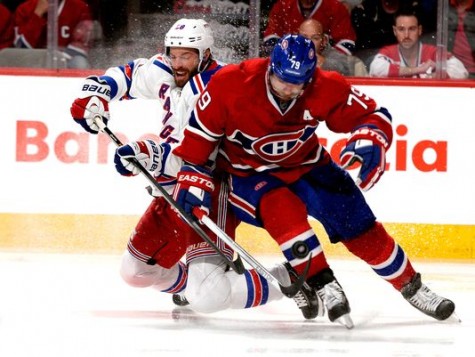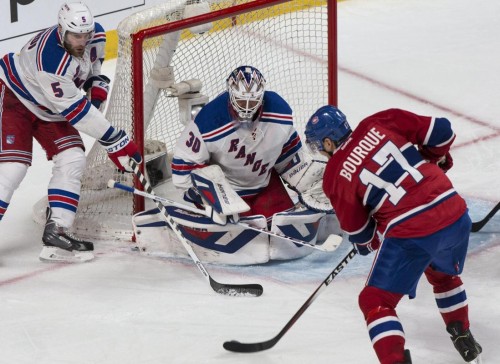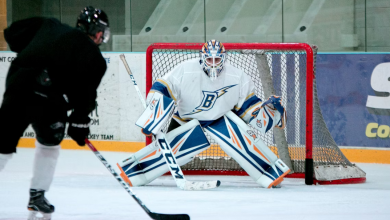New York Rangers Reboot For Another Stanley Cup Finals Opportunity

After a wild Game Five loss in Montreal on Tuesday night, the New York Rangers have another chance to advance to the Stanley Cup Finals. If the Rangers finish the job against the Canadiens at Madison Square Garden tonight, it will be their first Stanley Cup finals appearance since their last championship in 1994. While the Rangers didn’t capitalize on the opportunity to end the series as early as possible, they have a great opportunity to win the series on home ice.
After the 7-4 loss in Game Five, there was some Chicken Little impersonators among the Rangers fan-base, worrying that they may have blown their chance to win the series. In an attempt to soothe those fans and remind them that the sky isn’t falling yet, here are some things to keep in mind:
-The Rangers had already won Games One and Two at the Bell Centre. Expecting them to win three straight games in the other team’s building is an incredibly lofty expectation.
-How often does Henrik Lundqvist have two bad games in a row? The first two goals in Game Five were great shots, but the second two that he gave up were less than savory. Lundqvist tends to bounce back with a strong performance after a weak outing.

(Photo by Paul Chiasson – The Canadian Press)
-The Canadiens played with an obvious sense of desperation from the beginning of Game Five, and maintained that level of play throughout the game (with the exception of a five-minute stretch in the second period – more on that in a second), while the Blueshirts played like a team that had a three game cushion to win one game.
-When Rene Bourque scored the first goal of his Game Five hat trick to make it 4-1, the Rangers could have easily gone in the tank, knowing they had two more opportunities to win the series. Instead, each member of the Blueshirts top line (Rick Nash, Derek Stepan, Chris Kreider on the power play) lit the lamp in a 4:24 span to battle back and tie the game. The tie only existed for 58 seconds before Montreal went back on top, but that was an incredibly strong effort to rally back, and be in a position to take a lead.
The final, and most obvious fact, is that the Rangers have an opportunity to clinch a Stanley Cup Finals birth on home ice. If I had posed that scenario to you after Game Four of the Eastern Conference Semifinals, when the Rangers trailed Pittsburgh 3-1, it would have been a fair assumption that I was on some sort of a hallucinogen. Instead, the Rangers fought back, won the series, and have played very well in the Conference Finals. If the Habs force a Game Seven back in Montreal, then it’s perfectly fair to look upwards and see if anything is falling. But until that happens, enjoy the fact that the New York Rangers are playing a game in MSG for the right to play for the Stanley Cup for the first time in two decades.

